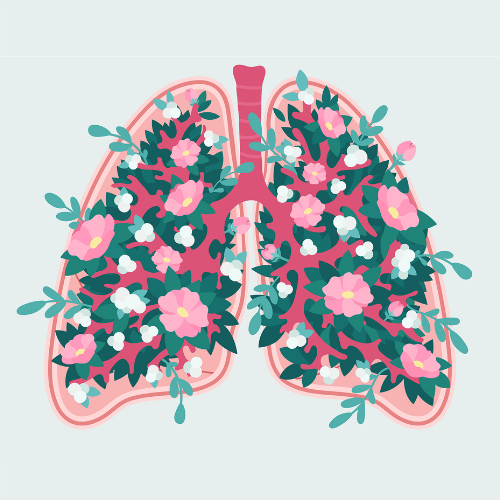Mindfulness in Medicine Toolkit

Click here for a list of resources you and your team can use to practice mindfulness and increase your well-being.
About this practice
How long will this take? As little as 10-15 seconds, or as long as 5 minutes.
How do I prepare? Find a comfortable place or position where you can stand or sit for a few minutes. You may want to gently close your eyes or soften and lower your gaze.
How should I feel? Pausing throughout the day can provide the mind and nervous system with needed breaks, bring awareness to our habit of distraction, and slowly build a new habit of intention and awareness.
What is S.T.O.P.?
S.T.O.P. is an acronym that stands for:
S — Stop, or pause
T — Take a breath
O — Observe the body, thoughts, feelings, emotions, and physical sensations
P — Proceed with more awareness
S.T.O.P. is an informal mindfulness practice that allows us to take a breath and check in to see how we’re doing. It can assist us in shifting from states of distraction and automatic pilot to being present and intentional.
How to Practice R-A-I-N

Click here an easy-to-remember tool that provides an opportunity to cultivate compassionate attention to our suffering, enabling us to respond effectively.
Not sure what to expect? Annotated transcript from Trinh Mai's S.T.O.P. guided meditation below.
Please note: If you experience moderate to high levels of discomfort or emotional and/or physical distress, stop and consult with a qualified or certified mindfulness teacher, mental health provider, or medical practitioner.
Where to begin
- Stop and notice what it feels like to stop moving, to stop doing.
- Take a breath or two and feel what it’s like to be alive and breathing. How does it feel to inhale and exhale? Notice the quality of your breath. Is it slow and rhythmic or shallow?
- Observe thoughts, emotions, and physical sensations, with as much openness and curiosity as possible. There’s no need to judge, analyze, or fix what you find in this moment.
- What is bubbling to the surface for you? Is there tension in your shoulders? Are you hungry or thirsty? Where are the areas of your body that feel good or at ease? Are there any emotions like impatience, irritation, joy, or calm present? Where do you feel these feelings, and how are they making themselves known to you?
- Are there thoughts floating in the mind? Are you caught in a story about something that happened earlier today or perhaps planning for what’s next? Whatever’s present for you right now, simply acknowledge it or nod to it, as if you’re expressing, “I see you, and it’s OK.”
- Now proceed, stepping into the next moment with greater awareness and intention, perhaps asking yourself, “What is most important right now? What deserves my attention right now?” Notice what is bubbling to the surface for you and then use that as a guide to proceed with awareness and intention into the next moment.
Trinh Mai
Rob Davies
Well-being expert and physician David Sandweiss explores the art of mindful breathing. By incorporating just three conscious breaths into our day, we can transform the way we experience the world, offering a path to clarity, calm, and a deeper connection with the present moment.
Mindfulness instructors Heidi O’Donoghue and Trinh Mai guide us through a simple breathing exercise. Practiced regularly, this meditation cultivates awareness, concentration, and calmness.
GME Wellness Director Rob Davies explores the practice of gratitude journaling—writing down “three good things” every day for two weeks. This simple exercise can profoundly impact your overall sense of wellbeing.

